Feeling Off? Your Plate Might Be the Key to Balancing Your Hormones
Ever feel like your body has a mind of its own? One day you’re full of energy, and the next, you’re exhausted, moody, and craving everything in sight. It’s so common to chalk this up to stress or a bad night’s sleep, but a huge piece of the puzzle is sitting right on your plate.
In this article
- First Things First: The Blood Sugar, Insulin, and Stress Connection
- The Easiest Way to Stabilize Your Energy: The ‘PFF’ Rule
- Your Gut: The Unsung Hero of Hormone Balance
- The Truth About Soy, Your Thyroid, and Cruciferous Veggies
- Is Dairy a Problem? A Personal Investigation
- Let’s Get Advanced: The Right Fats and Lowering Your Toxin Load
- Your Body, Your Rules
- Inspiration:
Let’s get one thing straight: your hormones aren’t just mysterious forces floating around. They’re chemical messengers that literally respond to the information you give them. And the most direct information they get, day in and day out, comes from your food. The goal isn’t to follow some crazy-strict diet, but to learn how to send your body the right signals for balance. It’s about making smart choices, not living by rigid, joyless rules.
We’re going to skip the confusing lists of “good” and “bad” foods and get into what really matters: how your meals affect the systems that run the show. Think blood sugar, gut health, and more. This is all about giving you the power to become your own body’s best detective.

First Things First: The Blood Sugar, Insulin, and Stress Connection
Before we even whisper the words estrogen or testosterone, we have to talk about blood sugar. Honestly, if you can get this one thing right, you’ve won half the battle. The relationship between your blood sugar, the hormone insulin, and your stress hormone cortisol is the absolute foundation of hormonal health. When this foundation is wobbly, everything else is, too.
Here’s the deal: you eat carbs, they break down into sugar (glucose) in your blood. Your pancreas sends out insulin to act like a key, letting that sugar into your cells for energy. It’s a beautiful system when it works smoothly.
But when you eat something like a sugary cereal, a doughnut, or a big bowl of plain white pasta, you get a massive, fast spike in blood sugar. Your pancreas kind of panics and sends out a flood of insulin to deal with the emergency. It often overcorrects, causing your blood sugar to crash land an hour or two later. That crash? It’s what makes you feel tired, cranky, and desperately hungry for more sugar. Sound familiar?

This up-and-down cycle is a major stressor on your body. When your blood sugar crashes, your body thinks it’s in danger, so it pumps out cortisol to bring it back up. If you live on this rollercoaster, your cortisol can get stuck in the “on” position, which messes with your sleep, tanks your immune system, and disrupts your sex hormones. It’s a domino effect that all starts with that shaky foundation.
The Easiest Way to Stabilize Your Energy: The ‘PFF’ Rule
The secret isn’t to ditch carbs; it’s to slow down how fast your body absorbs them. I live by a simple rule I call “PFF.” Every single time you eat—whether it’s a meal or a snack—make sure you have Protein, Fat, and Fiber.
- Protein: Keeps you full and has a very small effect on blood sugar.
- Healthy Fat: Slows down digestion and boosts satiety.
- Fiber: This is the magic stuff from plants that physically slows the breakdown of starches into sugar.
Think about it this way: an apple by itself is a quick shot of sugar. But an apple with a tablespoon of almond butter (fat, protein, fiber) gives you a gentle, rolling hill of energy instead of a sharp peak and a crash. It’s a game-changer.
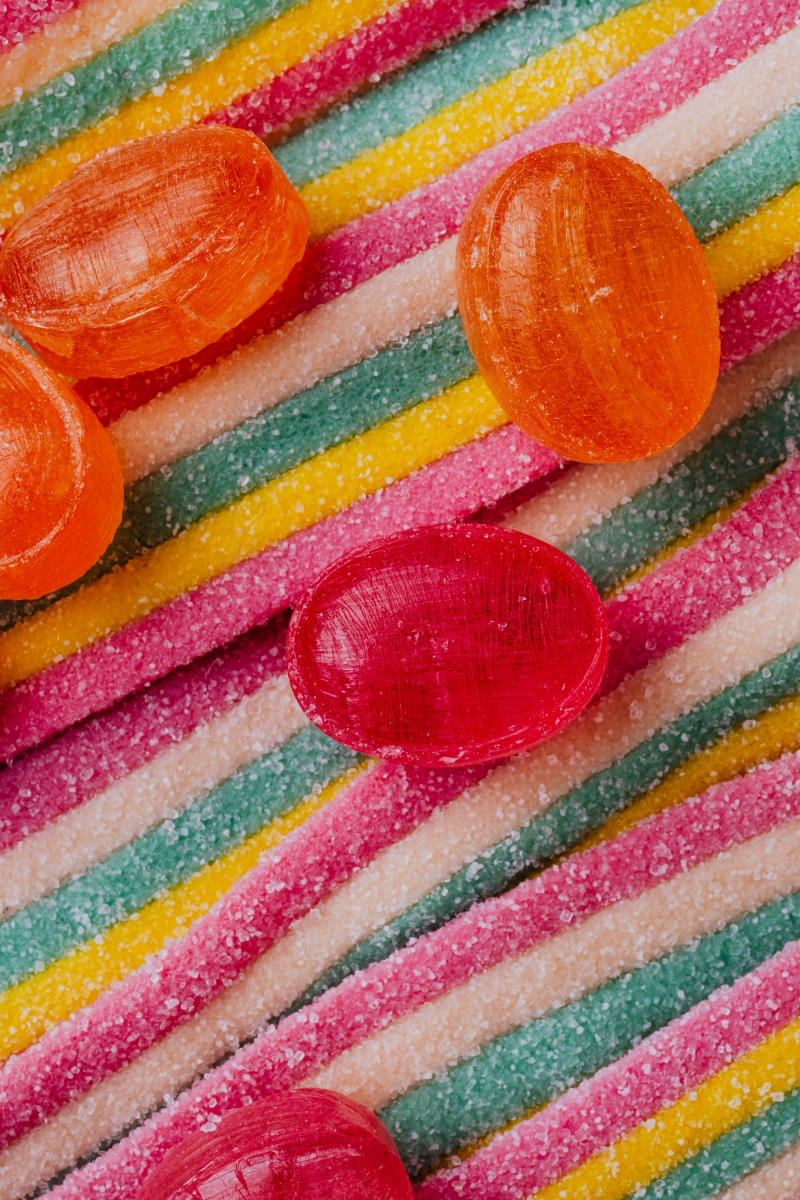
Quick Win: If you’re short on time, just remember this one thing—never eat a carbohydrate alone. Your crackers need hummus. Your banana needs a few walnuts. Your toast needs an egg on top. Simple!
What PFF Looks Like in Real Life (Even on a Budget!)
Okay, so what does this look like on a plate? Let’s make it super practical. A great goal is to aim for at least 20 grams of protein per meal to really anchor your blood sugar.
A Stable-Energy Breakfast (instead of a plain bagel):
• Standard Option: 2 scrambled eggs (about 12g protein), half an avocado (healthy fat!), and a handful of spinach sautéed in olive oil (fiber).
• Vegan Option: A smoothie with 1 scoop of plant-based protein powder (20g protein), 1 tablespoon of chia seeds (fat and fiber), a big handful of kale (fiber), and 1/2 cup of frozen berries.
A Budget-Friendly PFF Lunch (instead of just a salad):
• Top your greens with a can of tuna or salmon (often just $2-$4 a can for a high-quality protein and omega-3 source) or a cup of lentils (one of the cheapest protein/fiber powerhouses on the planet). Add a drizzle of olive oil and some chopped veggies like cucumber and bell peppers for crunch.

A Smarter Snack (instead of chips or a granola bar):
• A handful of almonds (about 1/4 cup) and a pear.
• Bell pepper slices with about 1/3 cup of hummus.
• A small bowl of plain Greek yogurt with a sprinkle of pumpkin seeds.
Heads up! You also have to become a detective when reading labels. Sugar hides everywhere, especially in sauces, dressings, and savory packaged foods. Words like dextrose, cane juice, and maltodextrin are all just sugar in disguise.
Your Gut: The Unsung Hero of Hormone Balance
This is one of the most fascinating areas of health right now. Your gut is home to trillions of bacteria, and they aren’t just sitting there. They actively help you manage your hormones, especially estrogen. A happy gut is non-negotiable for happy hormones.
There’s a special crew of gut bacteria called the “estrobolome.” Their main job is to process and get rid of estrogen your body is finished with. When your gut is healthy, this process works perfectly. But if your gut is out of whack (a state called dysbiosis), certain troublemaker bacteria can un-package that old estrogen, allowing it to get reabsorbed back into your system. This can lead to what’s called “estrogen dominance,” with symptoms like heavy periods, mood swings, and tender breasts. I’ve seen countless people find relief just by focusing on gut health.
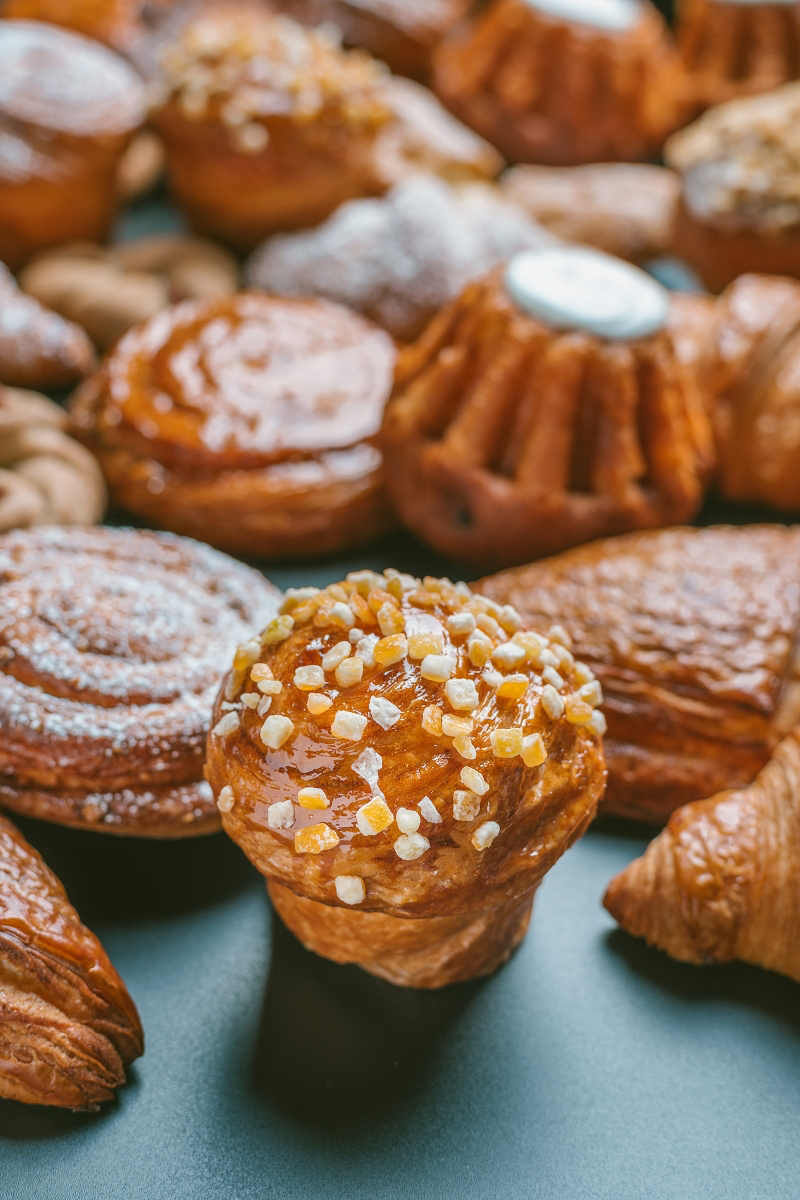
How to Feed Your Good Gut Bugs
You don’t need expensive tests to start. The approach is simple: add helpers, and reduce irritants.
Add Helpers:
• Fiber, fiber, fiber. This is the main food for your good bacteria. Aim for 25-35 grams a day from a wide variety of plants: beans, lentils, oats, avocados, berries, broccoli—you name it. A quick tip: add it in slowly! If you go from 10 grams to 30 overnight, you’ll be bloated and uncomfortable. Try increasing by about 5 grams a day for a week to let your gut adjust.
• Fermented Foods. These contain live probiotics. Think sauerkraut, kimchi, kefir, and plain yogurt. You can find these in the refrigerated section of most grocery stores for about $5-8 a jar, which lasts a long time. Start with just a teaspoon a day to see how you feel.
Reduce Irritants:
• Processed foods are often full of additives and emulsifiers that can harm good gut bacteria. Plus, they’re usually low in fiber.
• Alcohol can be a direct irritant to the gut lining and burdens your liver, which is also trying to process hormones.
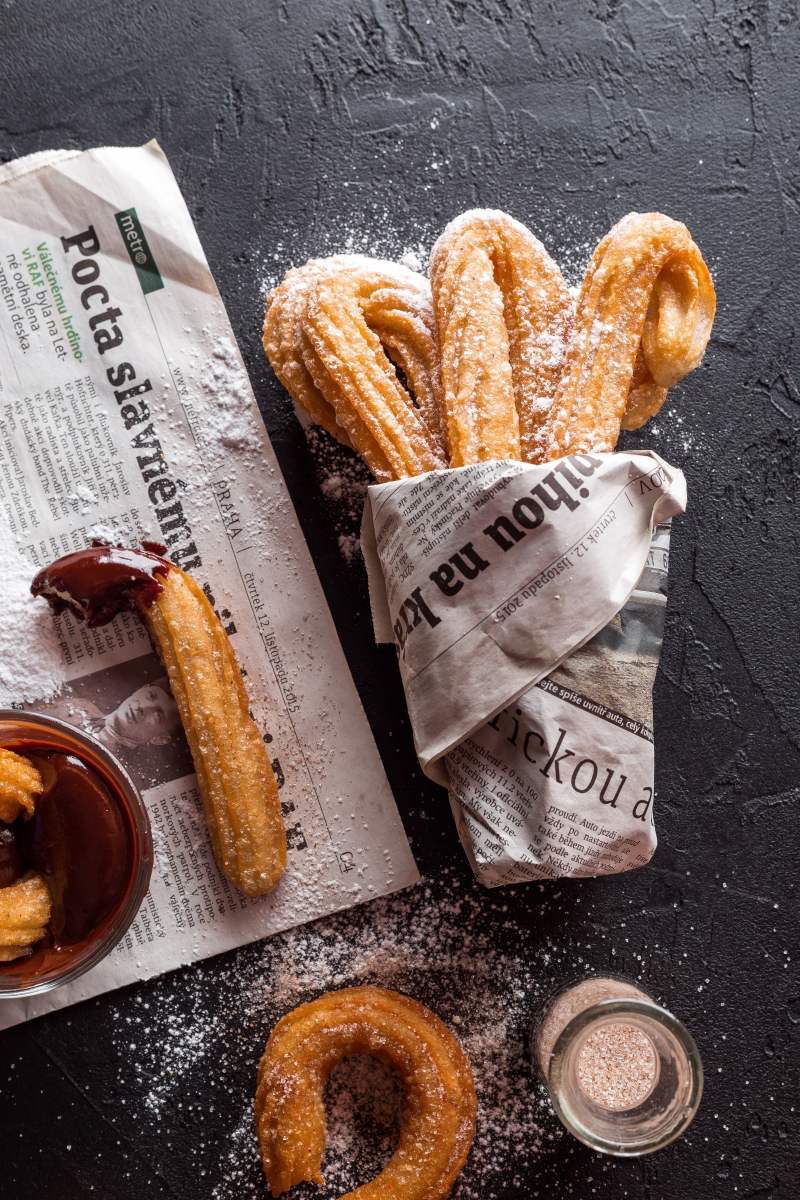
The Truth About Soy, Your Thyroid, and Cruciferous Veggies
The thyroid is a small butterfly-shaped gland in your neck that runs your metabolism. It’s incredibly sensitive to your diet, and few foods cause more confusion than soy.
The concern around soy (and veggies like broccoli, kale, and cabbage) is that they contain compounds called goitrogens, which can potentially interfere with how your thyroid uses iodine to make thyroid hormones. This sounds scary, but the context is everything.
Here’s what the research and clinical experience show: for someone with a healthy thyroid and enough iodine in their diet, eating moderate amounts of these foods is perfectly fine. In fact, they’re incredibly healthy! Cooking also deactivates a lot of the goitrogenic compounds. “Moderate amounts” usually means a few servings a week, not soy with every single meal. The real risk is for someone with a pre-existing, untreated thyroid issue who also has an iodine deficiency and is eating huge amounts of these foods raw.
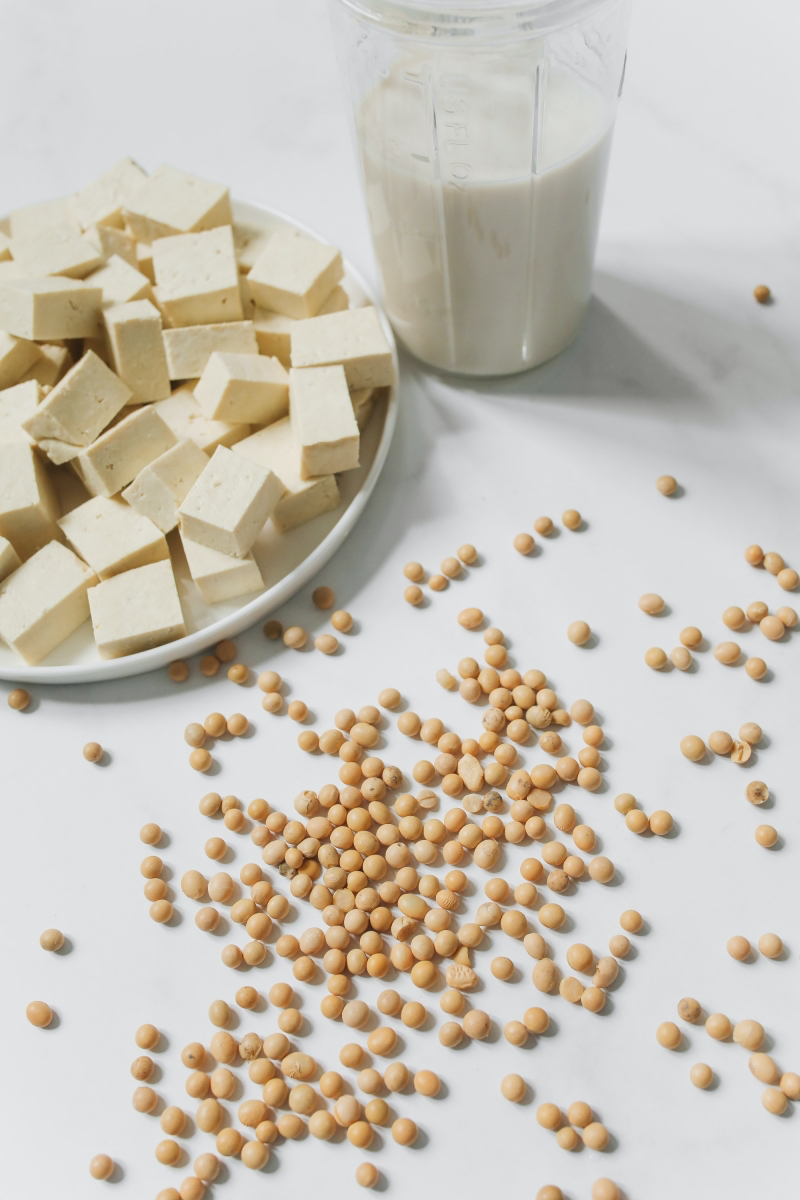
It’s also worth noting how different cultures consume soy. Many traditional diets favor whole or fermented forms like tempeh, miso, and organic tofu, often alongside iodine-rich sea vegetables. This is a world away from the highly processed soy protein isolate found in many Western protein bars and fake meats. So, a little organic tofu in a stir-fry is very different from a daily diet packed with processed soy products.
Crucial Safety Note: If you have a diagnosed thyroid condition like Hashimoto’s or Grave’s disease, please do not try to manage it with diet alone. It’s essential to work with your doctor or a registered dietitian who can monitor your lab work and provide safe, personalized advice.
Is Dairy a Problem? A Personal Investigation
Ah, dairy. Few foods are more controversial. The reality is, tolerance is highly individual. A blanket “everyone should avoid dairy” rule just isn’t helpful. The best approach is to figure out if it’s a problem for you.

Reactions can happen for a few reasons: lactose intolerance (a digestive issue with milk sugar), casein sensitivity (an immune reaction to milk protein), or a reaction to the natural hormones in milk that can sometimes flare up issues like acne.
The gold-standard method to figure out your own tolerance is a simple elimination and reintroduction diet. Here’s how it works:
- Eliminate: For 3-4 weeks, completely remove all dairy. That means milk, cheese, yogurt, butter, whey protein—everything. Read labels!
- Reintroduce: After the elimination phase, introduce one type of high-quality dairy. A great place to start is with plain, full-fat yogurt or kefir. Have a normal portion one day.
- Observe: For the next three days, eat no other dairy and pay close attention. How’s your digestion? Your skin? Your sinuses? Your energy? The feedback is usually pretty clear. Maybe you notice some bloating, or a few new pimples pop up.
- Decide: If you had a reaction, you have your answer for that food. If not, you can try reintroducing another type, like a hard cheese.
This process is so empowering because it gives you direct knowledge instead of confusion. Many people find they do just fine with small amounts of high-quality fermented dairy from goats or sheep but can’t handle a big glass of conventional cow’s milk.
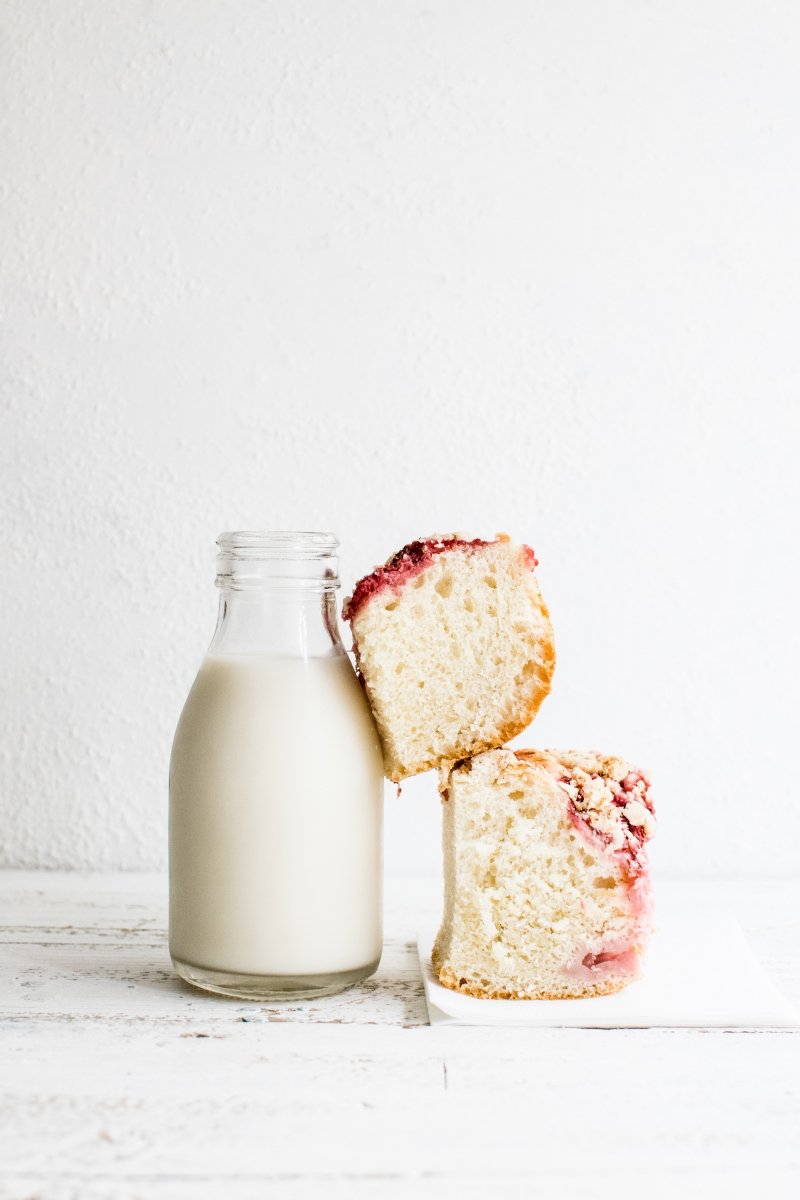
By the way, if you do find dairy isn’t for you, there are amazing swaps available. For milk, try unsweetened almond or oat milk. For yogurt, look for coconut or cashew-based options without a ton of added sugar.
Let’s Get Advanced: The Right Fats and Lowering Your Toxin Load
Once you’ve got the foundations down, you can fine-tune things. Two areas that make a huge difference are the fats you eat and your exposure to certain chemicals.
Your body literally can’t make sex hormones or stress hormones without cholesterol and fat. The key is eating the right kinds of fat.
- Healthy, Anti-Inflammatory Fats: These are your friends. Think omega-3s from fatty fish (salmon, sardines), walnuts, and flaxseeds, as well as monounsaturated fats from olive oil, avocados, and almonds.
- Unhealthy, Inflammatory Fats: These are the ones to minimize. This includes trans fats and an overabundance of refined omega-6 oils like soybean, corn, and cottonseed oil, which are in almost all processed and restaurant foods.
A quick pro tip: Do an “oil audit” in your pantry. Swap out that giant bottle of “vegetable oil” for extra virgin olive oil (for low-heat cooking and dressings) and avocado oil (for higher-heat cooking). This one change can dramatically lower your intake of inflammatory fats.

Finally, a quick word on plastics. Certain man-made chemicals, called xenoestrogens, can mimic estrogen in the body and disrupt hormonal harmony. They’re found in plastics, pesticides, and some personal care products. This isn’t about being perfect or living in a bubble. It’s about small, smart swaps. Store and heat your food in glass containers instead of plastic. Use a reusable stainless steel or glass water bottle. These simple changes lower your body’s overall burden, freeing it up to keep you in balance.
Your Body, Your Rules
Understanding how food talks to your hormones is a journey, not a destination. It’s about nourishing your body so it can do its incredible job. Focus on whole foods, balance your blood sugar with the PFF rule, support your gut, and eat plenty of healthy fats. Most importantly, learn to listen to the unique feedback your body is giving you.
These principles can truly be life-changing, bringing back energy, easing period problems, and clearing up skin. It all comes from consistent, mindful choices—not a quest for perfection.

And of course, the important stuff: The information here is for educational purposes and isn’t a substitute for professional medical advice. Hormonal health is complex. If you suspect you have a hormonal imbalance or have a diagnosed condition, please, please consult with a qualified healthcare professional. They can give you a personalized plan that is safe and effective for you. Your health is your greatest asset—treat it with care!
Inspiration:
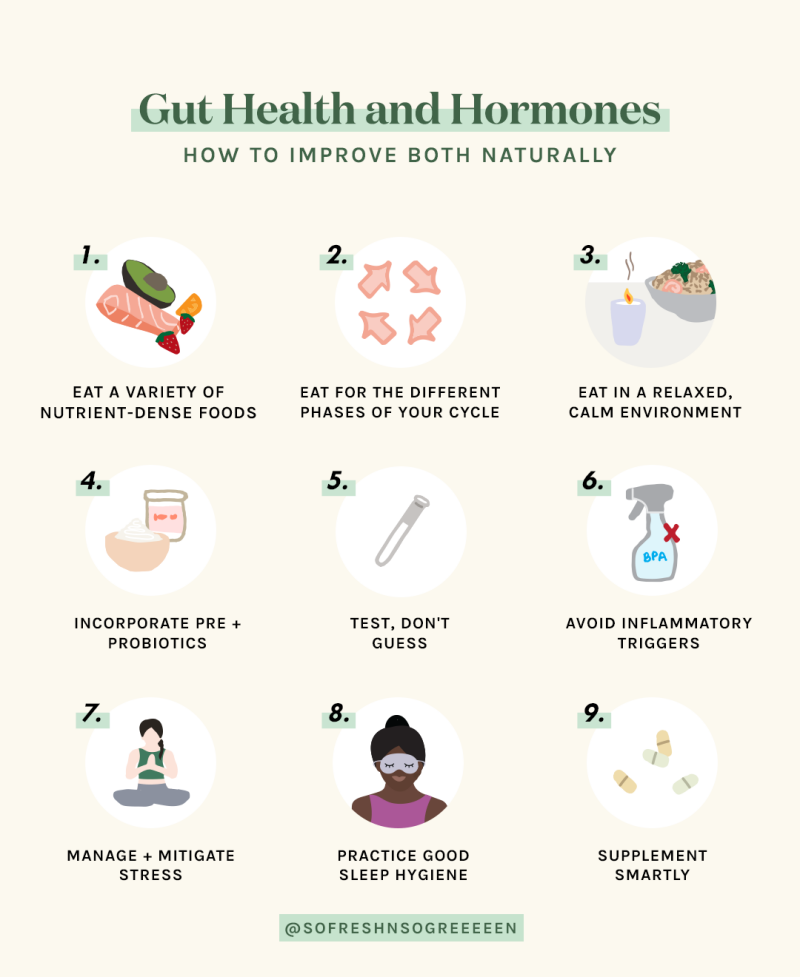
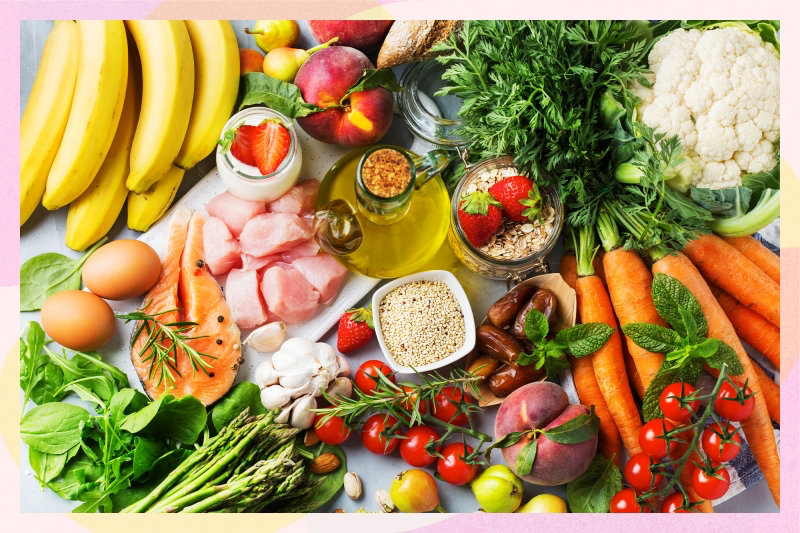
Nearly 80% of your immune system resides in your gut, but it’s also a major player in hormone regulation, specifically managing estrogen levels.
An unhealthy gut can lead to the recirculation of estrogen that should have been eliminated, contributing to estrogen dominance. To support what’s known as the ‘estrobolome’—the gut bacteria that metabolize estrogens—focus on probiotic-rich foods. Think tangy kimchi, sauerkraut, unsweetened kefir, and kombucha. These fermented powerhouses introduce beneficial bacteria that help keep your hormonal systems in check.
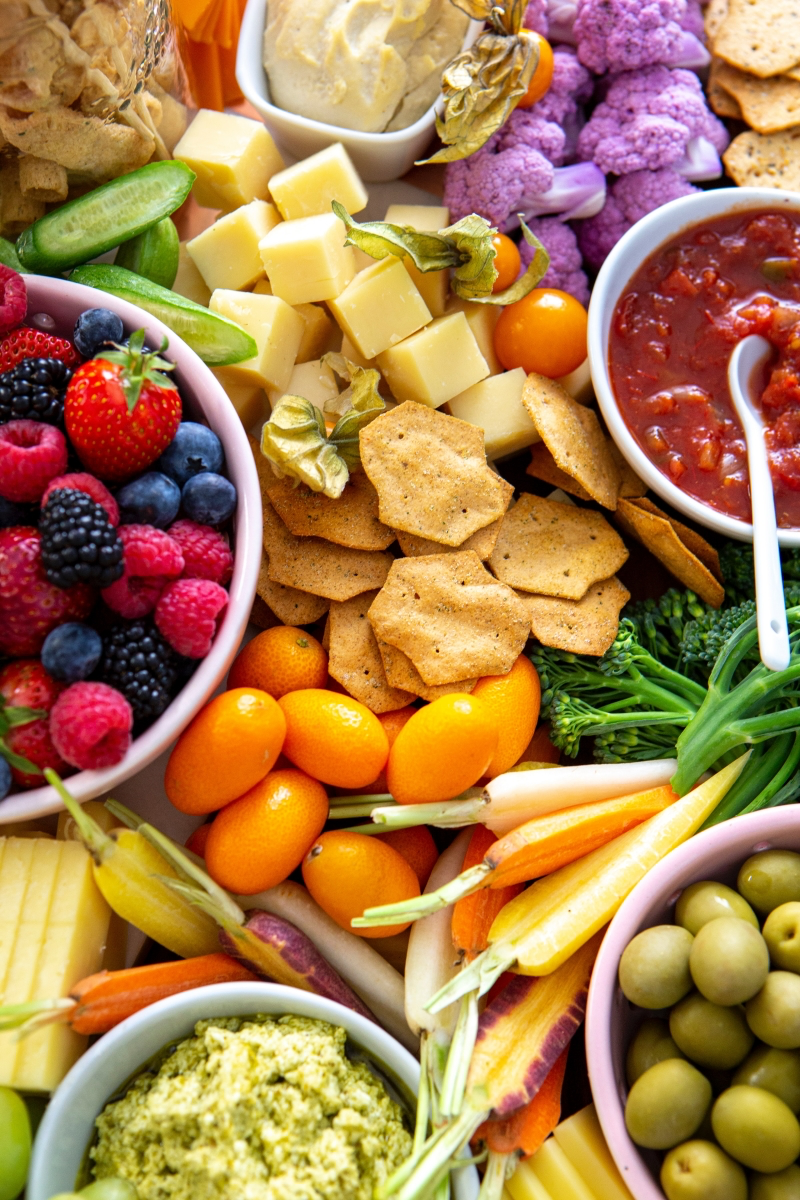
Are certain micronutrients really that crucial for my thyroid?
Absolutely. Your thyroid gland, the master of your metabolism, relies on specific vitamins and minerals to function. Without them, it can’t properly produce or convert its hormones, leaving you feeling tired and sluggish. Selenium is a star player; just one or two Brazil nuts a day can meet your needs. Zinc, found in pumpkin seeds and lentils, is also vital for converting the inactive T4 hormone to the active T3 form. And don’t forget iodine—a little dulse or nori seaweed in your diet can be a game-changer.

Your daily latte: The high caffeine content can spike cortisol, your stress hormone. For some, this provides a welcome jolt, but for others, it can lead to jitters, anxiety, and an inevitable afternoon energy crash, throwing your adrenals into overdrive.
A mushroom coffee alternative: Brands like Four Sigmatic or MUD\WTR blend a smaller amount of caffeine with adaptogenic mushrooms like Lion’s Mane and Chaga. This combination aims to provide sustained energy and focus without the sharp cortisol spike, offering a gentler way to start your day.
If you suspect coffee is contributing to your hormonal imbalance, experimenting with an adaptogenic blend could be a revealing switch.
Don’t fear the fat! Healthy fats are the essential building blocks for producing hormones, including estrogen and testosterone. They also help keep you full and stabilize blood sugar, preventing the very spikes and crashes the article warns about.
- Incorporate half an avocado into your salad for creamy texture and monounsaturated fats.
- Snack on a small handful of walnuts, which are rich in omega-3s.
- Drizzle your vegetables with a high-quality extra virgin olive oil, like Graza or California Olive Ranch, for its anti-inflammatory polyphenols.










